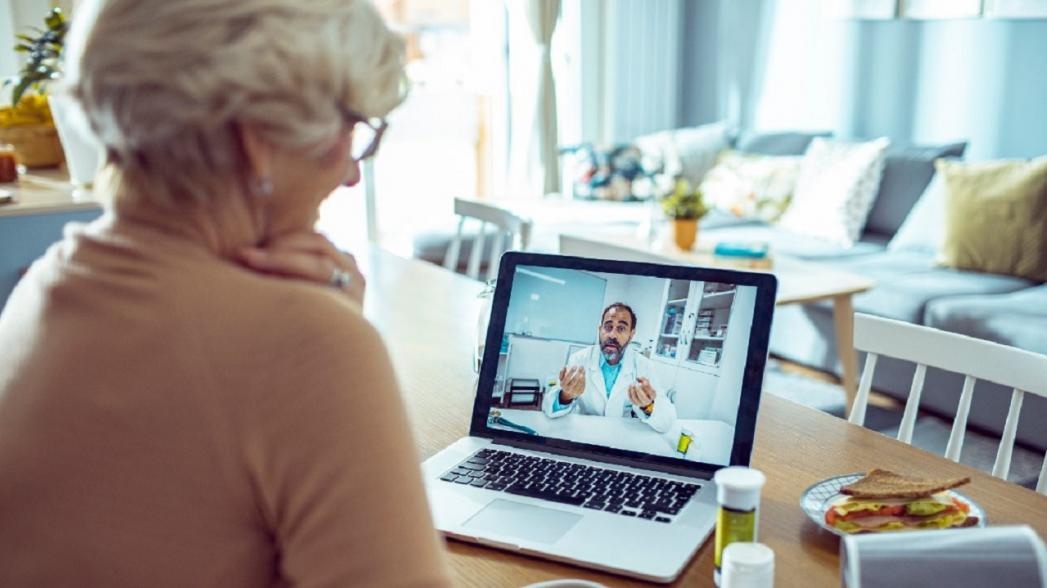As we age, accessing healthcare services can become increasingly challenging. Transportation issues, mobility limitations, and social isolation can make it difficult to receive the care we need. Telehealth, also known as telemedicine, offers a convenient and accessible solution. In this guide, we’ll explore the benefits, uses, and tips for seniors to get the most out of telehealth.
What is Telehealth?
Telehealth uses digital communication technologies, such as video conferencing, phone calls, and messaging apps, to connect patients with healthcare providers remotely. This allows seniors to receive medical consultations, monitoring, and education from the comfort of their own homes.
Benefits of Telehealth for Seniors:
- Convenience: No need to travel to appointments, reducing transportation costs and stress.
- Accessibility: Ideal for those with mobility issues, chronic conditions, or living in rural areas.
- Increased access to specialists: Telehealth expands access to specialist care, reducing wait times and improving health outcomes.
- Reduced risk of hospitalization: Telehealth monitoring can help identify potential health issues before they escalate.
- Enhanced patient engagement: Telehealth encourages seniors to take a more active role in their healthcare.
Common Uses of Telehealth for Seniors:
- Primary care visits: Routine check-ups, medication management, and health monitoring.
- Chronic disease management: Ongoing care for conditions like diabetes, heart disease, and COPD.
- Mental health support: Counseling, therapy, and support for mental health concerns.
- Post-hospital care: Follow-up care and monitoring after hospitalization.
- Medication management: Reviewing and adjusting medication regimens.
Tips for Seniors Using Telehealth:
- Familiarize yourself with technology: Practice using video conferencing software and devices before your first telehealth appointment.
- Choose a quiet, private space: Find a quiet, private area with good lighting and minimal distractions.
- Prepare for your appointment: Write down questions, concerns, and medication lists before your appointment.
- Ask a family member or caregiver for support: Having someone with you during the appointment can be helpful.
- Follow up with your healthcare provider: Ensure you understand any instructions, medications, or follow-up appointments.
Getting Started with Telehealth:
- Check with your healthcare provider: Confirm that your provider offers telehealth services.
- Verify insurance coverage: Check with your insurance provider to see if telehealth services are covered.
- Download telehealth software or apps: Follow your provider’s instructions to access their telehealth platform.
Conclusion:
Telehealth offers a convenient, accessible, and patient-centered approach to healthcare. By understanding the benefits, uses, and tips for telehealth, seniors can take advantage of this innovative technology to improve their health and well-being.
If you’re a senior interested in exploring telehealth options, contact Great Care Provider today. Our team can help you navigate the process and connect you with healthcare providers who offer telehealth services.





